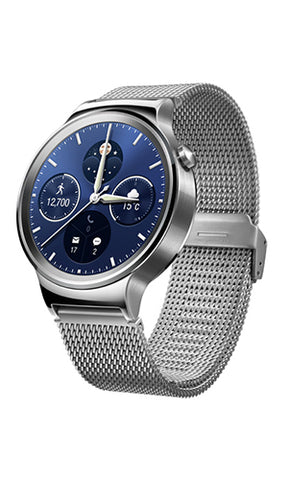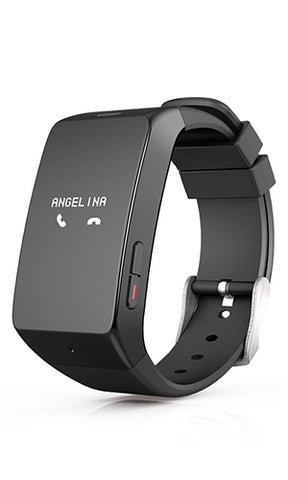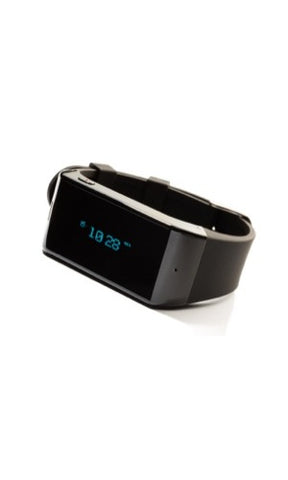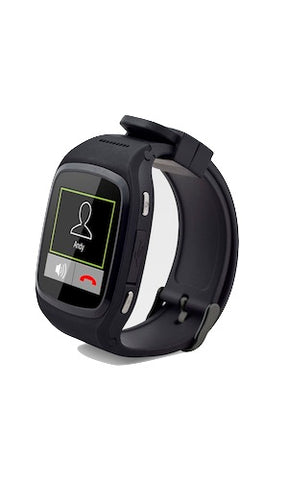Hacking the human behavior loop: What wearables need to get right to actually work
Written By
Robin Krieglstein
Better, faster, stronger, calmer, happier: Wearables can make it all come true. Only, they often don’t — at least, not yet. Though the industry is still in its infancy, wearables are going to have a huge impact on people’s lives as research in brain science intersects with the innovation of devices.
Because wearables can track our behavior better than we can on our own, they have great potential to positively affect our behavior change efforts. In my opinion, the gap between what people intend to do and what they actually do is our most significant limiting factor, not only to personal progress but also to our advancement as a society.
In short, we are constantly doing things inefficiently due to quirks in the human brain. One of the most exciting prospects for wearable devices is their potential to work around faults in our brain to help us change our habits for the better. Here’s how it works.
Getting to know your behavior loop
Human brains constantly go through a standard cycle of perceiving, feeling, evaluating, and doing.

A perceived threat or opportunity results in a negative or positive feeling, which in turn creates the drive to act. We may then respond reflexively or actually think through what action to take. And finally, we take some sort of action.
Throughout this behavior loop cycle, the brain does miraculous things. However at each step of the process, the brain also confronts a host of significant faults, bugs, and hacks that thwart our best attempts at happiness, intelligence, and productivity.
How wearables can hack your behavior loop
When rapidly advancing brain science, psychological design, and wearable technology converge, we’re able to hack our behavior loops to achieve our goals and improve our lives. This is what’s so exciting.

Wearables offer the ability to track activity and provide feedback. By tucking these capabilities into the standard behavior loop, wearables can affect and improve how well a user performs going forward.The end goal is to produce more of a desired behavior, or less of an undesirable behavior.
Automatic behavior tracking offers most promise
In order to know what kind of behavior-changing feedback to give, a device must first know what actions a user is regularly performing.
The act of manually entering data is a dangerous one for someone trying to establish a new habit, as it introduces a second repetitive behavior. Take a typical sleep tracker: First you tell the device you’re going to sleep, and then you have to actually go to sleep. That additional required behavior increases the difficulty of the routine, which often means the new routine never sets in.
The most promising wearables have the ability to automatically track your behavior. The Basis, for example, identifies when a person goes to sleep and when they wake up. Such automation greatly increases the likelihood that the wearer keeps using the device and eventually reaches his or her desired behavior change.
Wearable tech’s two biggest hurdles
Knowing what we do about the behavior change loop, we know there are two major tasks a wearable must do efficiently in order to successfully impact a user’s behavior:
First, it must be viewed: The more feedback available in an easily visible location, the more likely the user is to pay it any mind.
Second, it must be timely: Immediate feedback for positive behavior is highly favored, as delayed feedback is much less effective. The ability to trigger actions in closer proximity to ideal times and places gives wearables a huge advantage over other behavior change technologies.
Which devices are getting it right
Successful behavior change interventions are facilitated through automatic behavior tracking and well-timed feedback. Successful wearables will serve to provide both components, placing them at the forefront of behavior change technology.
Devices like the Spire Breath Tracker, Lumo Lift, and UpRight are great examples of technology that seamlessly detect when a desired action should be taken, and can immediately provide a clear trigger to act.
In future articles, we will continue to explore how psychology, technology and design can come together to help us improve our lives, our communities and our world.
—
Fusing psychology, design, and technology has been Robin Krieglstein’s passion for over 25 years as a designer, developer, founder, and now independent consultant. He is a member of the Stanford Behavior Design Lab with Dr. BJ Fogg and has consulted over a dozen Fortune 500’s on projects ranging from wearables, apps, and live events to enterprise software.
Tags: Activity Trackers, behavior change, Featured Items, Fitness Wearables, Health Wearables, Medical, psychology, Running Wearables, Smart Clothing, Smartwatches, Step Tracker




